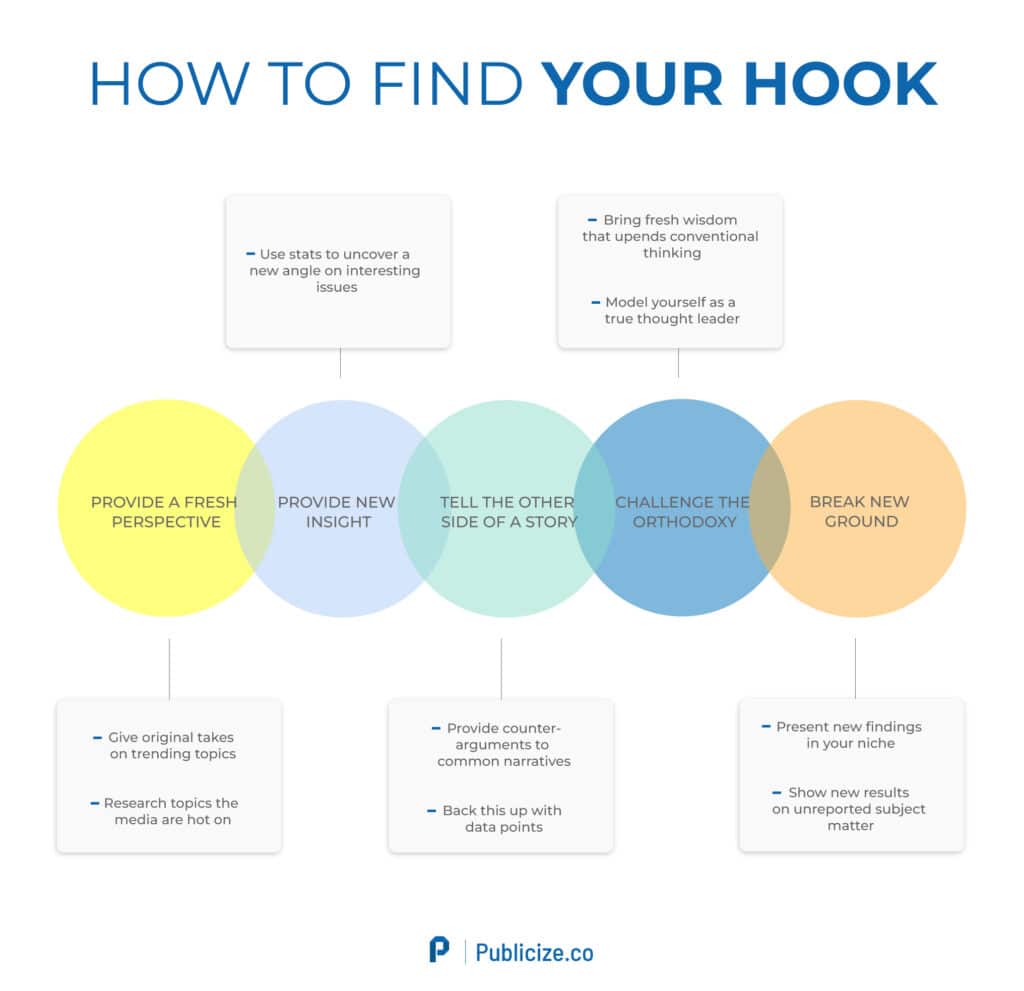Most entrepreneurs begin their startup venture running on fumes of adrenaline and exhilaration: on a self-proclaimed search for financial and personal fulfillment.
However, the endless challenges tag along with the entrepreneurship journey without an invite are no secret.
As of March 2021, 20% of startups fail within the first 12 months, and with 70,000 startups now active within the U.S. alone, knowing exactly how to set your company apart from the mass competition you’re up against can skyrocket you and leave burnout out of the equation.
Despite the looming mortality rate in the startup world—many out there are willing to take on the challenge, but how one approaches that challenge is paramount to personal and business success.
What’s the magic ticket out of these harrowing statistics?
Despite the risk, if you’ve read this far ahead, it seems you’re ready to go!
Luckily, we’re in an age where we can look to the big tech dogs for guidance on how to grow successfully.
Apple is commonly known to be one of the most affluent and knowledgeable marketers to exist on the planet. They genuinely understand a sound PR strategy and respect how vital proper marketing is in the cruciality of capital venture, determining success in the consumer market.
Sadly, most business startups lack clear PR awareness. They jump on elaborate and exciting yet majorly expensive print advertisements without a clear and direct understanding of their target market or online algorithms.
Things in this sector used to be reasonably straightforward, but with the arrival of social media and then the trend of content-marketing, coupled with a boom in startups post-pandemic, now is the time to ensure you are correctly marketing yourself more than ever.
According to a First Research study, PR within the U.S. is a $10 billion industry. So it’s evident that businesses still firmly believe the power of proper PR is a crucial component to success.
With that in mind, we’ve outlined a comprehensive PR roadmap for founders looking to thrive in the startup ecosystem.
A quick word on media pitches as a founder
First and foremost, if you want your name in the press for the world to see, you must know how to pitch yourself successfully to your chosen publication.
But what is a pitch? Well, a media pitch is a speculative approach to a journalist, where you offer something of value intending to win press coverage for you or your company.
If your boots are strapped in and ready to go, and your chosen publication is final—then it’s time to start writing!
It’s important to remember this: your pitch is your first step. If a pitch offers no value to the reader, you best bet that it will be in the trash within a 100th of the time it took you to write it.
Here are the key steps to keep in mind for how to pitch your industry knowledge effectively:
How to media pitch as a founder:
- Ensure your objective is clear
Whats the point of reading something if you dont actually get the point itself? Your pitch should clearly explain what it is you’re offering, and how that benefits the journalist. Be sure also to include the exact media coverage you’re searching for.
- Leave self-promotion behind
It’s time to tell a story, not lecture readers about your product or yourself. Nobody likes a narcissist. The truth is readers who don’t know you don’t care much for your product and need to earn that respect by weaving them in with something engaging and convincing them you’re an expert. Be creative, and figure out what sets you apart from the rest.
- Make it personal
Even though a template may seem like a great idea to save time, ensuring an effort to personalize each pitch will heighten your chances of success, humanize the process and ensure use of the journalist’s name in the subject line and introduction. If you have any previous articles the journalist has written you like, you can also pop them in here.
- Keep it short and sweet
The ones who say less usually get away with more. Ensure every word, every sentence, serves an overall purpose. Break up large paragraphs with dot points, and remove any unnecessary information. Less is more, and it will be your time to shine when the pitch has been approved to go into more detail.
- Put a face to the name! Include proof of who you are
Anybody listening to the other end of a speech needs credibility, that the person making the speech on the topic has the right to do so. Include a brief summary of your resume, previous press coverage, or LinkedIn.
Again, I will drill this until the cows come home.
It’s important to ensure you pitch a story—don’t pitch your company.
If you need a more in-detailed guide, I’d recommend reading our thorough guide on pitching to journalists.

How we can look to other’s success to roadmap our own
Apple’s marketing tactics are so effective that they’ve set an incredible example of reaching global popularity—you have all the resources you need just by looking at their story!
After Steve Jobs returned to the company on the brink of collapse, in just a few short years, he led a promising recovery with the introduction of the iPod in 2001 and the iPhone six years later.
Although these products are innovative on their own, the key to Jobs’s success was not only this quality of innovation but the marketing strategies that were carefully designed. Apple even reinvented products already available, and consumers would look at them like they had never seen them before.
It’s clear a good head for marketing is essential. Jobs would say to stop selling products and start selling dreams. This ties back into the need for storytelling.
Things have changed a lot since the early 2000s, and in today’s modern world (ironically partly due to Apple’s influence), you now have more power and more ways than ever to get your name and impact out there through the many different methods of PR.
You have more resources to market yourself or your company than Steve Jobs ever did – but how you decide to utilize that 2022 privilege matters most. We can start with using your professional digital footprint to get off on the right foot!
Social proof is your road to total credibility
Throw your name in Google, and what does the world’s largest search engine say about you? Whatever you saw – this is what the journalist you’ve just pitched to has eyes on, and in complete human nature – judging you on.
This industry is all about credibility. It’s what you display professionally to the world, the stage you stand on in front of everybody. How would you conduct yourself on that stage?
If you don’t have any social proof so far in the way of editorial or PR, and you’re a CEO or founder, congrats! You’ve already positioned yourself as a business leader online through LinkedIn, and can fall back on that quite easily in your pitch, so don’t worry.
Just ensure, as mentioned, that your digital footprint is as clean as a whistle.
So, how can you begin to cast yourself as a thought leader?
Now that you’ve cleaned up your act online and presented yourself as a reputable expert within your industry, you’re ready to start getting your name out there and showing off!
Sometimes it’s better to start small than to go straight to the big publications, and what a fantastic way to start having your byline published than approaching smaller publications with blog sections on their site.
Guest blogging on third-party publications has become an easy and accessible way of promoting yourself for many reasons:
- Getting your knowledge out in a relevant industry attracts a new audience and expands your market.
- It’s a fantastic opportunity to build relationships with influential people relevant to your industry.
- It’s a classy way to earn links back to your site, which is one of the most significant benefits of today’s search engine optimization (SEO) strategy.
- Create credible written content under your byline to add to; you guessed it! Your digital footprint for social proof!
You may have this to say: but if I’m not directly advertising my company word for word, what is the point here?!
According to Edelman-LinkedIn research, nearly 60% of decision-makers said that thought leadership directly led them to purchase a service—so thought leadership pieces produce a considerable revenue stream. It’s just all about the credibility behind your brand.
People will trust you if you can show you’re an expert. If they trust you, the man or woman behind the brand itself, they’ll trust what you’re selling and become more likely to buy it.
Other means of amplifying founder awareness and forming further credibility
Make media appearances
Although guest blogging and articles may be one of the most potent tools for PR, it doesn’t mean that it’s all you’re limited to. You can leverage other ways of building your credibility to its full potential and see results from multiple angles.
You can also leverage different types of multiple digital appearances. Just scour through Spotify for podcasts, or conduct some online research to find other highly popular influencers within your field.
From there, you can reach out the same you would to a publication to pitch yourself as a guest speaker.
A few different digital guest appearances may look like this:
- Podcast guest appearances
- Speaking spot at webinars
- Attending virtual conferences
Remember – not everyone is a reader. A busy entrepreneur may listen to insightful podcasts while commuting to work because he can’t digest long-form articles. Or a CEO may make it mandatory for his upper management to attend a conference.
Therefore, utilizing other ways of showcasing your expertise to a grand audience will help you spread your influence further, in many forms for many different kinds of people.
Broadcast results on social media
What’s the point of doing all this work if you don’t have somewhere to tally it up and display it to the world? Using professional social media platforms such as LinkedIn, you naturally have a trophy case to display your awarded professional trophies.
Don’t forget to post whatever results you have, be it a written publication or a guest speaking spot on a podcast on LinkedIn, to build up social proof and credibility for future pitches.
PR is a top-of-the-mind activity for founders, but it’s also a connection to marketing efforts for your startup’s brand.
It’s important to remember that any PR results you get are a direct form of marketing for the endeavors you are currently on. It’s like free marketing for your brand. The more people take you seriously in your industry by displaying your knowledge, the more likely the audience will interact with your brand.
You can read further here about the secret weapon that’s used to ensure your results reach those far and wide.
How long does building credibility for journalists actually take?
This depends on the amount of energy you put into it. Once the ball starts rolling, losing momentum is pretty impossible unless you stop it yourself. But sometimes, getting the ball rolling in the first place can be challenging.
If you can push past the first step and not fall into the ‘you need the experience to get experience’ frame of mind, after gaining your first appearance, whether it be editorial or digital multimedia, I promise you’ll find things start picking up quickly.
The key is not to lose the momentum; within no time, you’ll have a pretty neat portfolio of credibility backing you.
Final Thought:
Overall, the power of PR is usually brushed under the rug by not truly understanding the positive effects it can bring to you, your current and future endeavors, and whatever startups or brands you may be currently evolving.
But the proof is in the pudding here: words passed through the mouths of those in your industry and editorial media have a more significant impact than traditional advertising, showing to be 90% more effective in influencing consumer choice.
So even though it may feel like starting your startup all over again, getting one foot off the ground in founder credibility, the entire journey is very much worth it. Just remember to start small and go big. And once you’ve found the momentum, don’t stop there. Keep going.
Your analytics and business reports will thank you for all your hard work.






